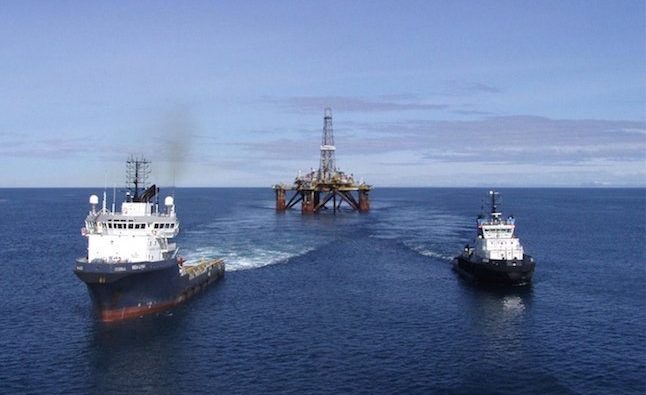The devil is in the detail of OSV demand data

Current demand-side indicators – coupled with the wrong-headed application of big data to the offshore market – are underestimating the severity of the OSV market downturn, argues Maritime Strategies International’s senior analyst James Frew.
The offshore market is appearing to show evidence of recovery. The North Sea summer OSV market, after a relatively quiet May and June, is finally showing some signs of life, whilst in the US the emergence of Tidewater from Chapter 11 adds to the sense that the market has taken its medicine and moved forward.
The greenlight for major new projects such as Liza and Coral FLNG – not to mention the fast-tracked development of huge gas fields in the eastern Mediterranean and major pipelay projects coming over the horizon – have done much to create the impression that the industry is turning around.
This impression would have only been enhanced by a recent Splash article claiming that the use of big data demonstrated that OSV layups were now equivalent to 28% of the fleet. Were this true, it would be another sign that a turnaround could be in the offing, as other data providers placed fleet utilisation at between 40-50%. For example, Clarkson Research pegs utilisation for AHTS above 8,000 tonnes BHP at 44%, IHS Petrodata is reporting similar levels, whilst MSI has utilisation for the global AHTS fleet at 56%.
Unfortunately, a lot of this optimism may be misplaced. The big data approach to estimating layup, primarily using AIS transmissions, clearly runs into problems when assessing a vessel class where in key regions such as West Africa, almost no vessels broadcast their positions to reduce piracy risk. In reality, fleet utilisation is a lot lower, and coupled with the orderbook it poses a significant barrier to recovery.
Similarly, the uptick in big projects may also be less impressive than it seems. Almost all the major projects that have received FIDs in 2017 were already very close to receiving it in 2014 prior to the oil price downturn (Liza Phase 1 being the exception). It is questionable how many more of these projects left over from 2014 are still viable at today’s oil price even considering the cost reductions which have been effected since then.
Instead, the real activity in offshore capex is much more focussed around smaller projects, with emphasis on subsea tiebacks to existing fields rather than bringing online entirely new production systems. This has significant implications for the entire offshore market from drilling rigs and construction vessels all the way through to PSVs.
Focusing on the OSV segment, one obvious implication is that these tiebacks are typically shorter-term projects requiring only a couple of wells to be drilled, with the corollary that they are unlikely to tie up OSVs for lengthy periods during the drilling and construction phase; typical projects require a rig for two to four months and then a light construction/construction support vessel to tieback the wells to the production facility or closest manifold.
This implies that even the projects which are being undertaken do not need vessels on term charters, and more importantly, on a per dollar of capex basis, vessel demand is lower as these projects are less vessel intensive.
This is not the only form of ‘secular’ demand-side reduction which we are seeing. A second example of the downturn having an outsized impact on vessel demand is the fact that oil companies are under far less pressure to charter vessels on longer-term contracts to hedge against spot market volatility or vessel shortages than they were in the market boom. Combined with the shorter time periods associated with construction work, this has led to a significant decline in term charters, with the number of AHTSs on term charters in the North Sea just over a third of the total seen in 2014.
Since vessels on a term charter are on-hire regardless of whether they are actually working, whereas spot chartered vessels are returned once a job has been completed, a decrease in the number of term charters means that vessel days on-hire and vessel demand days become much closer aligned.
A closer reading of the data suggests that the offshore market is not just suffering from the direct effects of a lack of offshore activity, but also from the indirect effects of structural shifts in demand formation – something we believe the industry has yet to fully absorb.
The question that arises is whether this is a permanent shift in the relationship between offshore capex spending and vessel demand, and MSI’s view is that it is not. The key to the return of previous relationships however is a sustainable pipeline of FIDs for major projects, rather than smaller tieback projects. When that pipeline will start to materialise is extremely challenging to predict, but the back end of 2018 would seem to be the most optimistic scenario.
This inevitably filters through into MSI’s assessment of OSV market prospects and our online FMV service projects that earnings for a benchmark 10.8 k BHP AHTS will have only risen by a paltry 4% by Q4 2018.

Good and insightful contribution. I believe that the recent “optimism” is misplaced. We are in for several more years of oversupply and low demand. It might be better than the last few years, but it is by no means over and I expect we will see several more casualties and M&A deals being done over the next year(s).